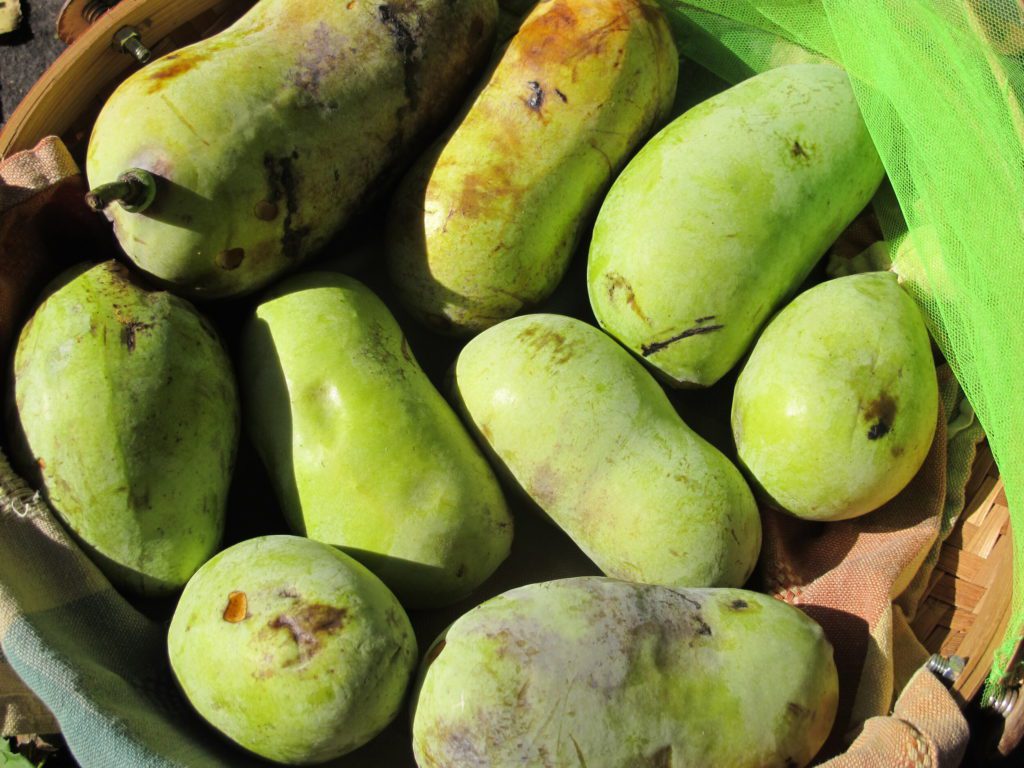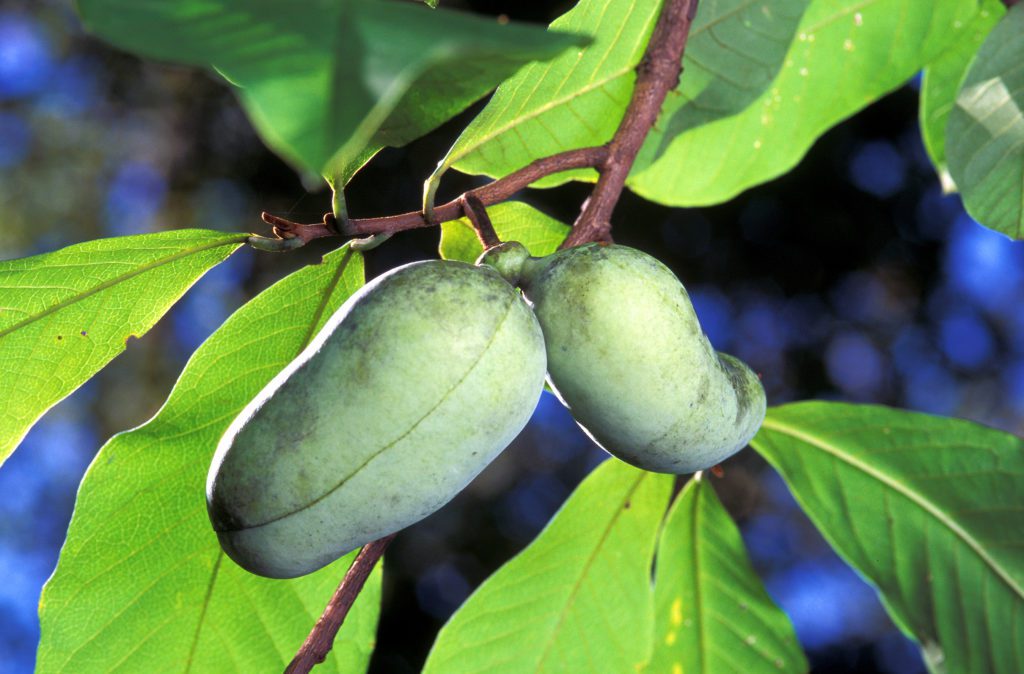Generation Black TV - Live
Let’s Pause for the PawPaw
Let’s Pause for the PawPaw
[simple-author-box]
 Call it what you will; PawPaw, PaPaw or Papaya this fruit is undeniably one with a long and rich history that evokes emotions of sun, sand and splendour. But did you know that, technically, it’s a berry? The papaya is the fruit of a very tall herb (the papaya tree can grow upwards of 10 metres) and is a member of the rather small Caricaceae family which comprises of 35 species of which Carica papaya is the most popular amongst us consumers.
Call it what you will; PawPaw, PaPaw or Papaya this fruit is undeniably one with a long and rich history that evokes emotions of sun, sand and splendour. But did you know that, technically, it’s a berry? The papaya is the fruit of a very tall herb (the papaya tree can grow upwards of 10 metres) and is a member of the rather small Caricaceae family which comprises of 35 species of which Carica papaya is the most popular amongst us consumers.
All About the PawPaw

It is thought that the word papaya comes from the Carib word ababai and represents the fusion of two or more species of Carica native to Mexico and Central America. It has been reported that papaya seeds were taken to Panama and the Dominican Republic prior to 1525 by the Spanish. In 1526, there was documented evidence of papaya cultivation in the New World, and reports on its importance as a crop grown on the Caribbean Island of Hispaniola, as well as its cultivation by the Quebore tribe of present-day Nicaragua.
By the 17th Century Dutch and Portuguese colonists spread the seeds out to warm regions of southern Mexico, Bermuda, the West Indies, the Bahamas, and South America. The Spanish also carried seeds to Africa and the Philippines, which quickly took over the Asian subcontinent.
With all that sweet history, no wonder we are crazy for the sweet fruit itself. With a succulent, musky tang and a perfumed flavour to the flesh, the papaya is incredibly versatile and is consumed both ripe and unripe as part of breakfast dishes, desserts, juices, and salads.
Papaya comes as a smaller pear-shaped Hawaiian variety or the bigger, oblong variety grown in Mexico and Central America. It is rich in Vitamin A, B1, B2 and C, as well as Calcium and Potassium making it rich in antioxidants to reduce inflammation, and support skin and hair health as well as long term health as a source of fibre.
The unripe fruit contains a milky juice in which is present a protein-digesting enzyme known as papain, that is used in the preparation of various remedies for indigestion. You may have heard about the potential power of papain in the anti-parasitic diet (but that’s for another day!). It also naturally produces latex, so those with allergies should steer clear of eating papaya.
How to use PawPaw at home
 Have it as it is for breakfast or a snack, you can even liven up the flesh with a drizzle of lime juice, a sprinkle of seeds and berries, or a smattering of cocoa powder. Try green papaya in a salad shredded with bean sprouts, carrots, fresh mint, fresh holy basil with red chillies, lime juice, sugar, and toasted nuts. Whichever way you have it, you can’t go wrong with a bit of PawPaw (or whatever you choose to call it!).
Have it as it is for breakfast or a snack, you can even liven up the flesh with a drizzle of lime juice, a sprinkle of seeds and berries, or a smattering of cocoa powder. Try green papaya in a salad shredded with bean sprouts, carrots, fresh mint, fresh holy basil with red chillies, lime juice, sugar, and toasted nuts. Whichever way you have it, you can’t go wrong with a bit of PawPaw (or whatever you choose to call it!).


